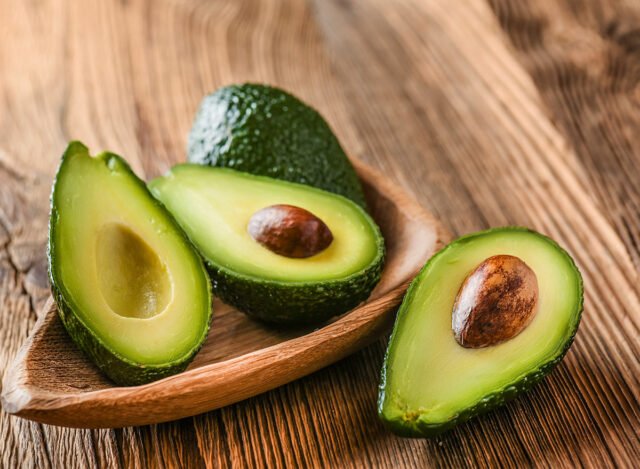Imagine a fruit having to consume 60 gallons of water in order to grow. For the metric system fans, it is close to 227 litres of water that is consumed.
The Usage
This fruit has been used to lower cholesterol levels, with it being a good source of potassium and healthy fats. Furthermore, the fruit is a source of vitamins C, E, K and B6 as well as riboflavin, niacin, folate, pantothenic acid and magnesium.
The fruit in itself is used as an addition to various recipes across different dishes, like pizzas, sandwiches and burgers. It is also used to make guacamole dip for your nachos and crisps.
But What Fruit Is It?
The legendary fruit in question is the avocado. The farming of avocados is extremely water-intensive, with over 60 gallons of water being consumed PER avocado. A packet of two avocados will have a CO2 consumption of 850 grams, according to Carbon Footprint Ltd, a company that measures the carbon footprint of various activities on the planet.

The amount is equivalent to double of two pounds of bananas’ carbon footprint. Besides that, it is mostly grown in Central and South America but has its largest markets in Europe and the United States of America.
In order to have the perfect product, they are picked up before they are ripe and are shipped in controlled environments, making the entire process energy-intensive.
Also Read: Breakfast Babble: If You Hate Avocados Too, Then We Are Avocabros
This has, in turn, led to avocado prices skyrocketing to $2.10 (California) in 2019. The prices in India range anywhere between ₹130 to ₹400 for a kilogram of avocados. This has led chefs across the world to look for alternatives to the fruit’s usage in their restaurants.
Alternatives And Testimonials
The fruits “are in such global demand they are becoming unaffordable for people indigenous to the areas they are grown in,” Thomasina Miers, co-founder of the British Mexican restaurant chain Wahaca, told the Guardian.
Miers authenticated an alternative to guacamole, called “Wahacamole,” last month using fava beans, green chilli, lime and coriander.

Toronto chef Aldo Camarena last year got approval for a new dip made from pumpkin seed paste, Mexican tatuma squash or roasted poblano peppers and tomatillos. The Irish restaurateur JP McMahon removed avocados from his restaurants in 2018, calling them the “blood diamonds of Mexico.”
On social media, TikTok star Calum Harris’s “guacamole” recipe using frozen peas went viral last month. Besides that, on Instagram, the hashtag “#noavocado,” which many accounts used to share avocado-free sustainable recipes, had almost 3300 posts in the last few months.
So, will you say no to avocado?
Image Sources: Google Images
Sources: The Herald Scotland, Changing America, The Guardian
Connect with the Blogger: Shouvonik Bose
This post is tagged under: avocado, ripen avocados, how to ripen avocados, avocados from Mexico, avocados good for you, are avocados good for you, ripe avocados, avocados benefits, avocados meaning, avocados ban, carbon footprint, climate change, COP26, United Nations, Global Warming
































